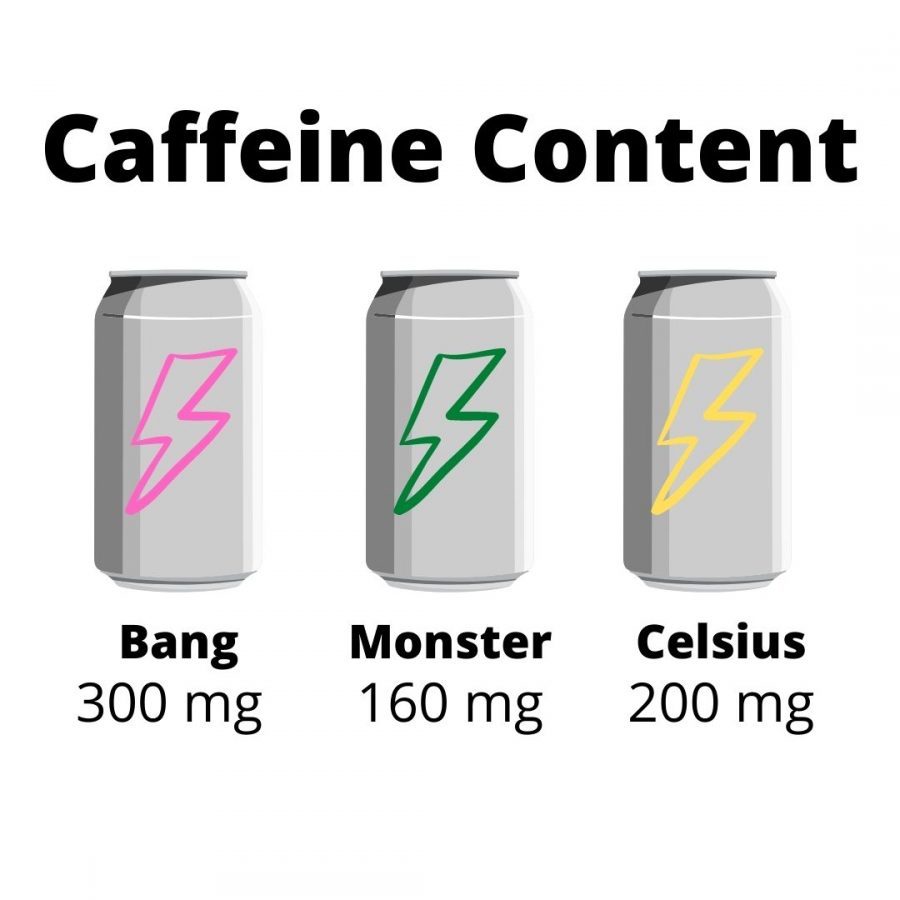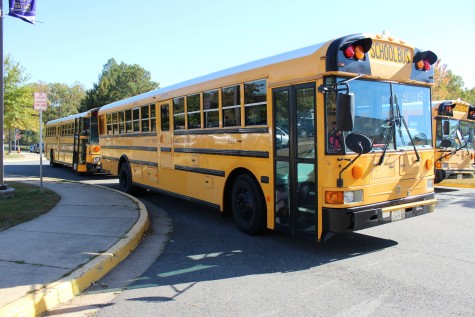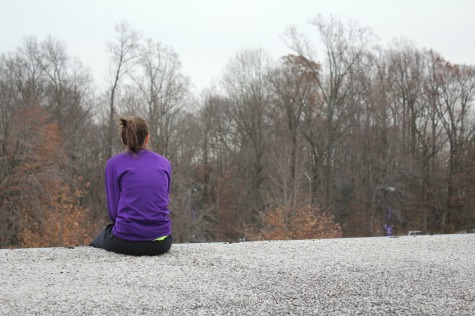Energizer Bunnies
High school is a very stressful time for students. As a result of busy schedules and procrastination, many students turn to high doses of caffeine to keep them energized throughout the day. This caffeine can come from a variety of sources, but one of the main ones students choose is energy drinks. Drinkers have a wide array of brands and flavors to pick from, but one thing is consistent, the high amount of caffeine.
Senior Bella Brookhart is an avid caffeine drinker. She loves testing out different brands of energy drinks and trying various flavors, but this love has not excused her from the negative side effects that come with this. Last year, Brookhart started off her morning having her regular amount of caffeine. However, when she went to the gym she could tell something was wrong. Her heart started racing and she had to go home before finishing her workout. This scary experience made Brookhart start drinking less milligrams of caffeine a day, and taught her about the possible horrible effects of caffeine.
Although for adults the recommended maximum caffeine intake is 400 milligrams, according to the American Academy of Pediatrics high schoolers should have no more than 100 milligrams of caffeine a day, equal to about 1 cup of coffee.
Most energy drinks far exceed this recommended amount of caffeine. Popular brands that teens turn to, such as Monster and Celsius, have upwards of 300 milligrams of caffeine. This overindulgence of caffeine can lead to many health problems such as abnormal heart rhythms, high blood pressure, hallucinations, seizures and other neurological symptoms. Brookhart believes this is what she experienced at the gym.
Certain energy drink companies specifically target teenagers and young adults with their marketing and flavors. Bang, a newer company that hit the market in 2013, used Tik Tok influencers to target their younger audience and in 2020 became the third most popular energy drink company. The brand has flavors such as “birthday cake bash”, “radical skadattle” and “cotton candy”. Although its market is teenagers, its caffeine far exceeds what is healthy for them to consume. A regular sized 16 oz Bang contains 300 milligrams of caffeine (three times the recommended amount for highschoolers).
Caffeine intake can also throw off your sleep schedule and make you more tired in the long run. Caffeine takes up to 12 hours to completely exit your system, and can cause you to not be able to fall asleep at night. This will make you even more tired the next morning, and ultimately push you to have caffeine again. This forms a habit of caffeine intake and could possibly lead to addiction. Brookhart said “I worry about causing heart issues and becoming dependent on it.” Although caffeine addictions may not sound like a big deal, its withdrawal symptoms include headaches, fatigue and tremors.







